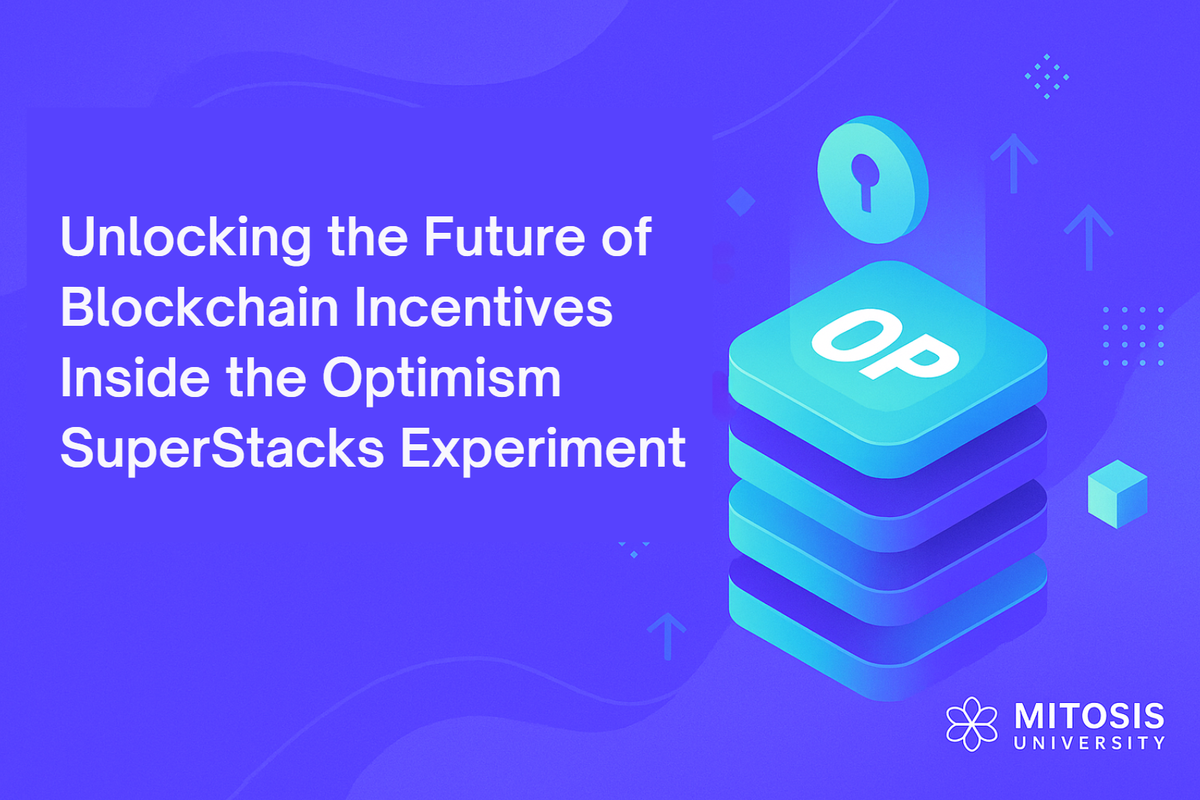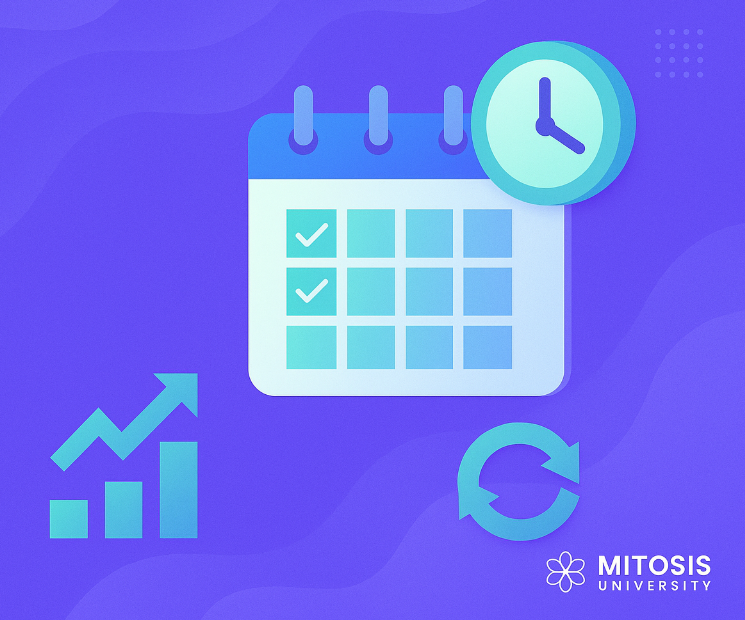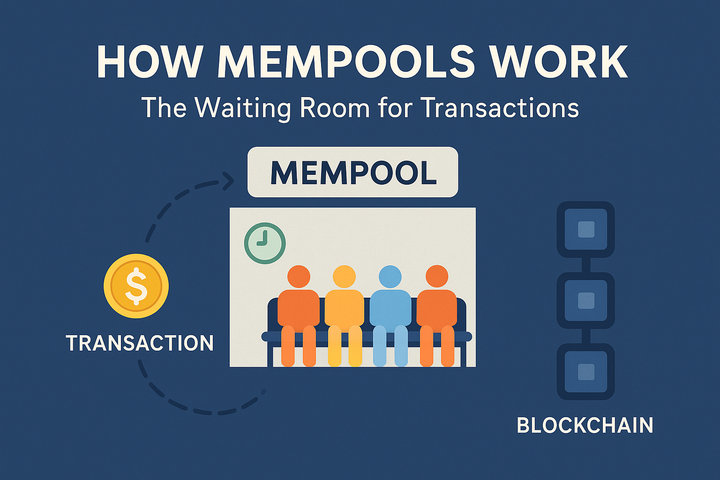Unlocking the Future of Blockchain Incentives: Inside the Optimism SuperStacks Experiment

As the blockchain industry grapples with how to sustain engagement beyond one-time airdrops, Optimism's SuperStacks campaign offers a bold new approach. Positioned as a live data collection experiment rather than a conventional rewards program, SuperStacks could reshape how incentive structures are designed across decentralized ecosystems.
In this article, we’ll explore the core of the SuperStacks initiative, evaluate its potential to influence the future of blockchain incentives, and assess what opportunities may arise for projects in the Optimism ecosystem and beyond.
A Live Experiment in Incentive Design
Unlike traditional airdrops, which often fail to drive sustained user activity, the SuperStacks campaign is intentionally structured as a 75-day data collection experiment. The goal? To better understand user behavior in multi-chain environments and test adaptive reward mechanisms in real time.

Participants can track their progress via a public leaderboard and XP tracking system, allowing transparent, real-time feedback on their activities. The dynamic nature of SuperStacks allows the Optimism Foundation to tweak incentives—such as surprise bonuses—based on evolving network behavior. This creates a feedback loop where user actions inform reward design, and those adjustments, in turn, shape user actions.
Key behaviors being incentivized include cross-chain liquidity provision across the OP Stack Superchain, a federated ecosystem including chains like Base, Fraxtal, Mode, OP Mainnet, Redstone, and Zora. This encourages users to explore and interact with multiple layers of the ecosystem, generating valuable behavioral data.
A Glimpse into the Future of Incentives
The real value of SuperStacks lies in what comes after the campaign ends. The data harvested during this experiment will help inform not only the Optimism ecosystem’s future incentives but may serve as a blueprint for the broader blockchain space.

Rather than encouraging short-term engagement, SuperStacks is designed to foster ongoing participation, addressing the well-known shortcomings of static reward models. With blockchain projects increasingly adopting multi-chain architectures, insights from this initiative could help shape interoperable and sustainable incentive systems.
If successful, SuperStacks will likely influence future incentive mechanisms for a wide range of ecosystems struggling to coordinate behavior across fragmented chains. It represents a significant shift toward evidence-based mechanism design, something the blockchain industry has long needed.
Opportunities for Integration—But No Preferential Boosts (Yet)
While there is no direct mention of partnership opportunities or “preferential boost programs” for projects like Mitosis EOL, the door is far from closed. SuperStacks emphasizes collaboration across the Superchain and seamless integration with existing dApps. This opens the possibility for application-level alignment with network-wide incentives, creating mutual benefits for both users and ecosystem projects.

The campaign has shown that the Optimism Foundation values collaborative innovation, particularly projects that deepen cross-chain engagement and utility. Although specific frameworks or named partners aren't detailed, it’s likely that the findings from this campaign could inform future partnership programs and create new pathways for integration and preferential incentives.
Conclusion: Building the Next Generation of Incentive Design
Optimism’s SuperStacks campaign isn’t just another rewards initiative—it’s a strategic experiment with potentially far-reaching implications. By focusing on real-time data, adaptive rewards, and multi-chain behavior, it represents a new phase in blockchain’s evolution toward sustainable, evidence-driven ecosystem design.
Key Takeaways
- SuperStacks is a live behavioral experiment aimed at optimizing incentive design.
- It tests real-time adjustments, tracks user activity, and promotes cross-chain engagement.
- The data generated will inform future incentive systems across the Optimism ecosystem and potentially the wider blockchain space.
What’s Next?
Will other ecosystems adopt similar models? Can insights from SuperStacks help fix the broken incentives in DeFi and beyond? As we await post-campaign analysis, one thing is clear: SuperStacks could be a turning point for the entire industry.
References
- https://mirror.xyz/mintchain.eth/57OqJtKU_TuqHxuJaXeLsfSfNoAIBqB_uYyFwHJFeSE?collectors=true
- https://community.optimism.io/op-token/superstacks
- https://www.optimism.io
- https://dev.to/modenetworkl2/exploring-op-stack-and-superchain-the-future-of-ethereum-layer-2-2eg8
- https://coincu.com/189427-op-stack-brings-optimism-to-superchain/
- https://www.superchain.eco/programs/superstacks
- https://optimism.mirror.xyz/VcgOzzYe4iQ_Ouh5cs9AWPuStZn8xQEH2PvUw8JkFYk
- https://www.superchain.eco/insights/how-to-earn-superstacks-xp
- https://docs.optimism.io/stack/getting-started
- https://www.rakeback.com/promotions/superstack-poker-3k-super-league-leaderboards-1680/
- https://supervive-stats.com/leaderboard



Comments ()